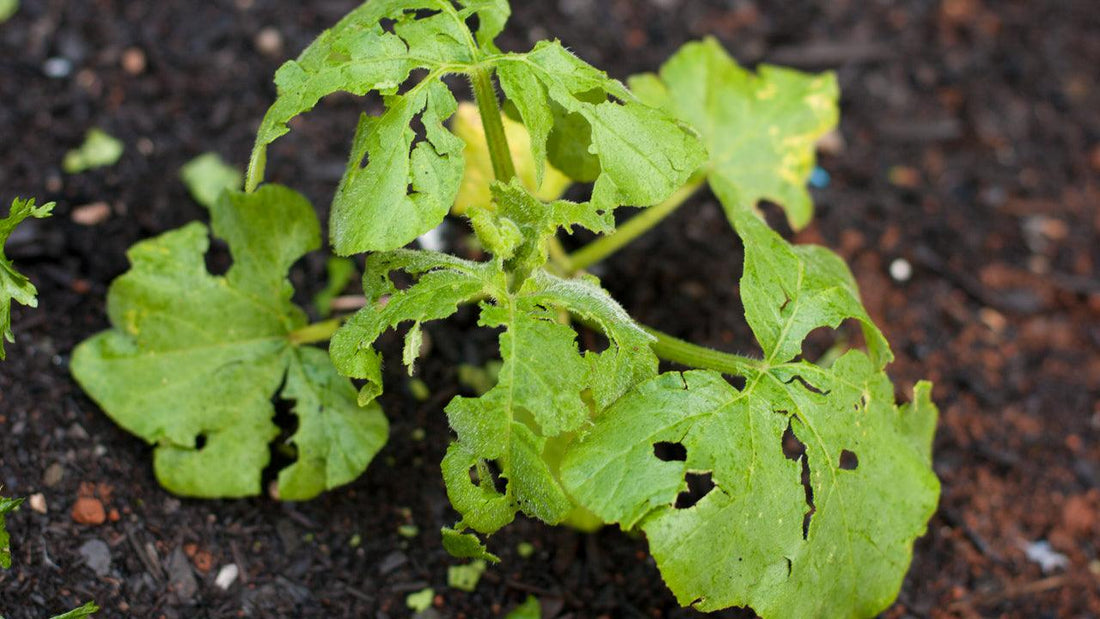Hailstorms are among the most destructive weather events for gardeners. While you can run for cover or move your car to safety, your garden plants are left exposed to the onslaught of falling ice. A light hailstorm may only leave a few bruised leaves, but a severe storm can shred tender plants and strip trees of their foliage within minutes. Fortunately, with proper planning and care, you can protect your garden from hail damage and ensure your plants recover quickly if the storm does hit. The first line of defense is being proactive. Keep an eye on the weather forecast, especially during hail-prone seasons, so you can prepare in advance. Here are some strategies to protect your plants before the storm arrives: Row covers, such as Agribon or Tufflite, can shield low-growing plants from hail. Although larger hailstones can tear through the fabric, the damage will be significantly less severe than if the plants were left uncovered. For potted plants or vulnerable specimens, place buckets, trash cans, or large containers over them. Large woody plants, such as trees and grapevines, are generally more resilient. However, young trees or those with ripening fruit may need extra protection. Healthy, vigorous plants are better equipped to recover from hail damage. Keep your garden well-fertilized and watered leading up to storm season to ensure robust growth. Use a balanced fertilizer to support overall plant health. If a hailstorm damages your garden, don’t lose hope. Many plants can bounce back with proper care. The severity of the damage, the time of year, and the pre-storm health of your plants will all influence recovery. Apply a fast-acting, balanced fertilizer like PVFS Liquid All Purpose to support rapid regrowth. A foliar spray of liquid kelp can also help plants recover by providing essential nutrients directly to the leaves. Not all plants can recover from severe hail damage. Annuals, young vegetable starts, and immature root vegetables are less likely to survive and may need to be replaced. Give questionable plants about a week to show signs of new growth. If no improvement is seen, remove and replace them to make the most of the growing season. Hail-damaged fruit isn’t necessarily a total loss. Here’s how to make the most of bruised or battered produce: If you live in an area with frequent hailstorms, investing in more permanent protection measures can save your garden in the long run. Construct frames over your garden beds and cover them with hardware cloth or fine mesh. This type of barrier allows sunlight and rain to pass through while shielding plants from hail. For added protection, consider building a greenhouse or high tunnel. These structures provide a controlled environment, safeguarding plants not only from hail but also from other extreme weather conditions. Plant more resilient crops or those with sturdier structures in hail-prone areas of your garden. Use less vulnerable plants, like shrubs, as natural barriers to shield delicate specimens. Hailstorm damage can be stressful, but proactive planning and thoughtful recovery measures can protect your garden investment. By incorporating preventative strategies like row covers, permanent barriers, and healthy plant maintenance, you can minimize the impact of hail and enjoy a thriving garden throughout the season. While you can’t control Mother Nature, you can take steps to protect your garden from hail damage. From using row covers and buckets to pruning damaged plants and applying fertilizers, these strategies will help you safeguard your plants and maximize your harvest. If hail does strike, don’t despair—many plants can recover with a little care and attention. And remember, even hail-damaged fruit can be repurposed into delicious preserves or juices, ensuring nothing goes to waste. By preparing ahead and acting quickly after a storm, you’ll keep your garden healthy and productive all season long.Protecting Your Garden and Your Investment from Mother Nature
Preparing Your Garden for a Hailstorm
1. Use Row Covers
2. Protect Individual Plants
3. Cover Trees and Tall Plants
4. Strengthen Plants Before Storm Season
Post-Storm Garden Recovery
1. Assess and Prune
2. Boost Nutrient Levels
3. Decide What to Replant
4. Monitor for New Growth
Handling Damaged Fruit
1. Harvest Ripe Fruit Immediately
2. Treat Unripe Fruit with Care
Long-Term Hail Protection Solutions
1. Hardware Cloth and Mesh Covers
2. Greenhouses and High Tunnels
3. Strategic Planting
Benefits of Planning Ahead
Conclusion
Resources
🌱 Resource Area: Know Your Frost Dates
Understanding frost timing helps you protect plants and plan planting schedules effectively:
- Know Thy Last Frost Date – Learn how to find your zone’s timeline and protect early plantings.
- GrowOrganic Weather Center – Check freeze warnings, regional climate data, and growing season forecasts in one place.



